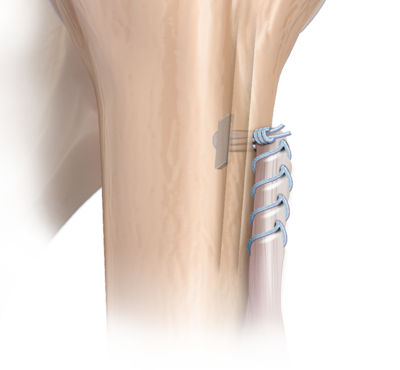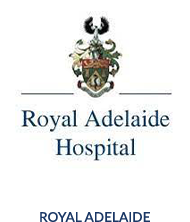What is biceps tendinopathy and SLAP tears?

The shoulder joint is comprised of three bones – the humerus (arm bone), the scapula (shoulder blade), and the clavicle (collar bone). Surrounding the bony structures are various soft tissue structures, including tendons and muscle, ligaments and fibrocartilage. Whilst we think of the biceps muscle being in the lower arm near the elbow, it actually arises from above the shoulder as two tendons. One of these tendons is referred to as the ‘long head of biceps’ and is attached to the labrum which encircles the shoulder socket. This tendon runs through the shoulder joint and slides down a groove in the humerus, and can be a source of a significant amount of pain.
How are biceps tendinopathy and SLAP tears caused?
Over time and with repetitive use or strain the biceps tendon can become thickened, inflamed and sustain tears. It may also become damaged as a result of trauma to the rotator cuff tendon beside it. In addition, when the pulley system holding the biceps tendon in its groove becomes damaged, the tendon can become unstable within the shouder joint, and click in and out of its usual groove. As the damaged tendon sustains further trauma to it and weakens, it may even rupture completely.
Once again as a result of repetitive strain or an acute traumatic event, the labrum where the biceps tendon is anchored can get torn and unstable. This can be a particular problem in throwing athletes or those lifting weights in the gym. This is referred to as a SLAP (Superior Labrum Anterior to Posterior) tear, and can sometimes be related to shoulder instability.
What are the symptoms of biceps tendinopathy and SLAP tears?
A torn and damaged biceps or a SLAP tear can cause the following problems:
- Pain within and at the front of the shoulder
- Pain worse with lifting your arm forward or across your body
- Clicking and catching sensation inside the shoulder when raising the arm
- Painful cramping in the arm
- Inability to perform certain activities such as throwing or lifting
- Deformity of the biceps muscle in the arm
- Loss of strength in the arm
How are biceps tendinopathy and SLAP tears diagnosed?

A history and clinical examination of the shoulder and arm is performed to test the biceps tendon and assess the labrum of the shoulder. Additional tests include:
- X-ray of the shoulder – although the tendon and labrum are not shown, an x-ray is useful to assess the condition of the bone and cartilage in the shoulder.
- Ultrasound – an ultrasound can be useful to assess the biceps tendon, and this can be combined with an injection of steroid to help relieve pain and pinpoint the problem.
- MRI – the gold standard in imaging to show in detail the degree of damage to the shoulder labrum and biceps tendon.
How are biceps tendinopathy and SLAP tears treated?

A period of rest from the sport or activity aggravating the shoulder should be encouraged. Physiotherapy can be very useful to maintain strength and flexibility in the shoulder also. Anti-inflammatory medication for a brief period of time is also helpful for pain relief.
For ongoing pain that is impacting on your ability to work or perform activities, then surgery may be an option. Find out more about biceps tenodesis surgery.
My goals as a surgeon are to relieve your pain, restore your function, and return you back to doing what you love.
– Dr Raymond Yu
- Adelaide Orthopaedic Surgeon
- Adelaide Shoulder Surgeon
About
Dr Raymond Yu
Dr Raymond Yu is an Adelaide Orthopaedic Surgeon with post-Fellowship expertise in Shoulder and Elbow Surgery.
He specialises in orthopaedic surgery of the Shoulder and Upper Limb with a focus on modern keyhole and minimally-invasive techniques.
Dr Yu has a special passion for:
- Rotator cuff repair surgery
- Shoulder replacement surgery
- Shoulder stabilisation surgery
Dr Yu practices at







